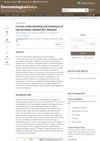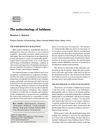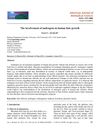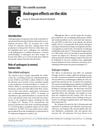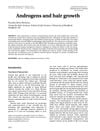Biology of Hair Growth
May 1986
in “
Seminars in Reproductive Medicine
”
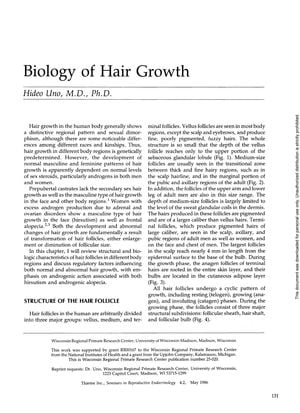
TLDR Testosterone and dihydrotestosterone affect hair growth, and new techniques like the folliculogram help study it, but fully understanding hair growth is still complex.
The 1986 document "Biology of Hair Growth" explores the complex nature of hair growth, focusing on the cyclic changes in hair follicles that determine patterns of hairiness and sexual dimorphism in humans. It highlights the role of androgens, particularly testosterone and dihydrotestosterone, in normal hair growth and conditions like hirsutism and androgenic alopecia. The study of hair growth is complicated by the asynchronous nature of human hair cycles, and the document introduces a new technique, the folliculogram, for better analysis. It reports on studies using antiandrogens and minoxidil on macaque and human alopecia, demonstrating that hairiness changes are due to alterations in follicular size during the growth cycle. The document acknowledges the complexity of hair loss and overgrowth, with a full understanding of the fundamental mechanisms of hair growth still elusive. It also notes the effects of minoxidil in inducing follicular enlargement and accelerating the hair cycle. The research was supported by the National Institutes of Health and the Upjohn Company and is a publication of the Wisconsin Regional Primate Research Center.


